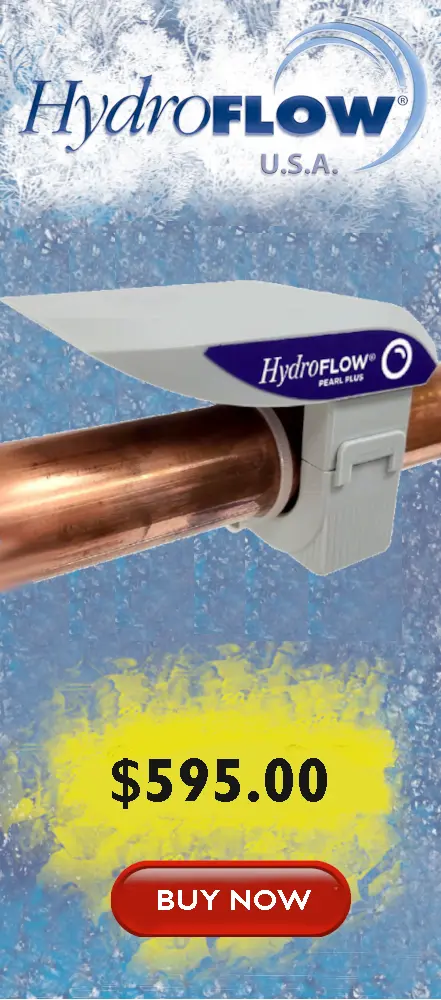Indiana
Water Quality in the State of Indiana
Located in the Great Lakes region, Indiana has a population of 6.7 million people, with the most populous city being Indianapolis. The state has a deep history with motorsports, hosting the first long-distance auto race in the year 1911, and is well known today for the annual Indi 500 races. Indiana has an abundance of waterways, with more than 35,000 miles of rivers, 100,000 acres of lakes and reservoirs, and Great Lake, bordering the upper east side.
Indiana’s primary surface water sources are provided to industry, agriculture, and energy as a crucial part of operations. Residents subsequentially depend on groundwater for their potable water usage.
Water Hardness by City
Indiana has very hard water. The average water hardness for the state is 262 PPM. Indianapolis, the largest municipality in Indiana, has a water hardness level of 274 PPM. Some of the hardest water in the state comes from South Bend with 370 PPM, and Lafayette with 331 PPM. The hardest location in Indiana we found was Wabash and Sommerset with a water hardness of 560 PPM.
For more information on the water hardness in specific cities, please see the table below.
PPM = Parts Per Million
mg/L = Milligrams Per Liter
gpg = Grains Per Gallon
Advanced Manufacturing and Water Hardness
Indiana has been the leading steel producer in the United States for more than four decades. They produce more than twice the second steel-producing state in the US (Ohio), contributing to more than a fourth of the nation’s steel. Steel requires a great deal of water during processing.
With water hardness levels as high as 560 PPM in some Indiana cities, steel manufacturing equipment can rapidly clog up with hard-scale deposits and necessitate costly facility-wide shutdowns for maintenance and repairs. Oftentimes, chemical treatment can be inconsistent and facility managers are required to look outside of their regular chemical regimen for a more permanent and dependable solution to protect their equipment and maximize process run time.
Solutions to your Water Quality Problems
Fixing your water quality issues in the state of Indiana will depend on your specific water source. It is best to test your potable water supply in order to get a better understanding of your water quality. Testing is relatively cheap. The test results will allow you to understand if your potable water has issues that need to be addressed. Common solutions to water contamination problems may include a water filtration system, a reverse osmosis system, or other whole-home water treatment solutions.
A problem that almost all Indiana residents will have to deal with is hard water. One old-fashioned, inefficient, expensive, and unhealthy method to treat hard water is with a salt-based water softener. Most people don’t realize that if you’re using a water softener you are basically removing calcium and magnesium from your drinking water and adding salt to your diet. In addition, many states are banning the use of salt-based water softeners.
Alternative water treatment solutions such as “water conditioners” have been gaining popularity in recent years because they are cheap to operate and the best eco-friendly solution for hard water. Hydropath technology, which powers the HydroFLOW water conditioners is by far the most efficient and cost-effective eco-friendly solution to deal with hard water problems. To learn more about how HydroFLOW solves the problems created by hard water, please check out our technology page. You might want to read this blog that explains the difference between water conditioners and water softeners: Water Conditioner vs. Water Softener Blog.
For more information, please contact Critical Environmental Solutions


